City view with river, boats and bridge in the background
Oil on panel, cm. 14 x 20.5
With frame, cm 36 x 47
The Flemish Hendrik Frans van Lint (Antwerp 1684 - Rome 1763), grandson of the vedutist originally from Antwerp Peter (Antwerp 1609 - 1690) and father of James (Rome 1723 - 1790), although he was born in Flanders and led the first part of his training there, is known above all for his work in the Italian field: the Dutch painter specialized in Rome in the genres of landscape and view. The Roman stay was for van Lint, as well as for many other Nordic artists living in Rome between the 17th and 18th centuries, an indispensable premise to update themselves in art and expand their circle of clients. Hendrik Frans, landscape painter and visual artist, stayed in the papal capital for two thirds of his life: here he gave birth to his son Giacomo, who followed in his father’s footsteps almost exclusively creating views of Rome. In the Urbe Hendrik Frans, known more in Italy as "Lo Studio", became an emulator of the Dutch vedutist Gaspar van Wittel, known in Italy mainly under the pseudonym of Vanvitelli, and realized Roman and Lazial views and landscapes of particular fantasy, following the "ideal" and "classical" poetics of seventeenth-century painting by Claude Lorrain and Gaspard Dughet. This type of production, entirely destined to the market, became standardized in the last years of the artist’s activity, who loved to portray both the glorious remains of ancient Rome and the new monuments of modern Rome. Van Lint’s works can be broadly classified into two categories: the idealised and arcadian landscapes populated by a wide range of picturesque figures, and the purely topographical and highly realistic views: the follower of van Lint who creates this beautiful view of the city with river, boats and bridge in the background is certainly inspired by this second branch of the production of the artist from Antwerp. The representation of the landscape by the artist is lenticular and absolutely idealized: the painter presents the banks of the Tiber, showing even the crudest aspects of the reality of time, where stately buildings and industrious boatmen coexist with destitute and degraded situations.


















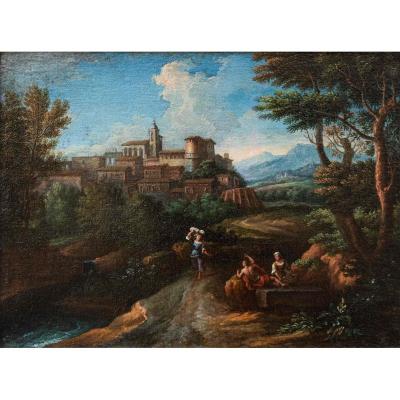

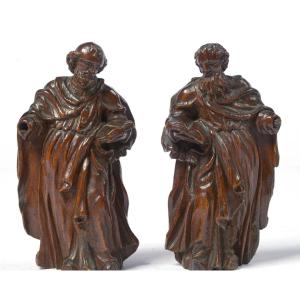




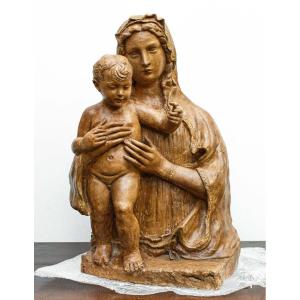
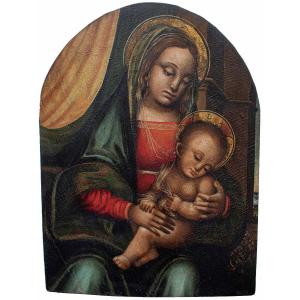

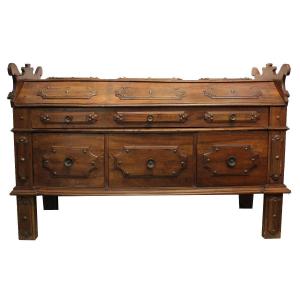



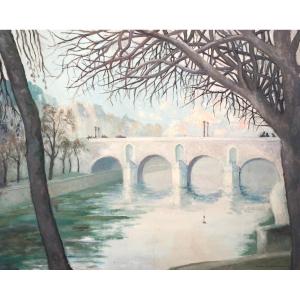
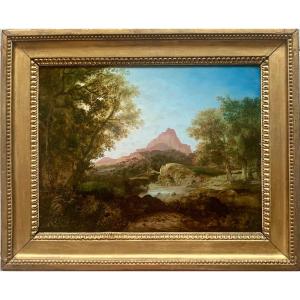

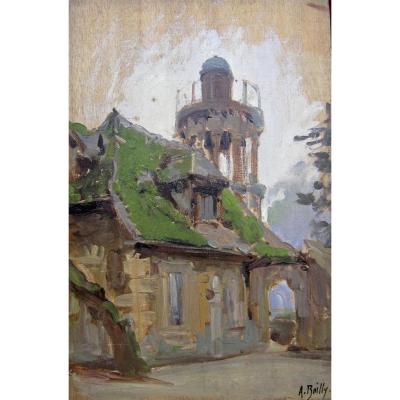




 Le Magazine de PROANTIC
Le Magazine de PROANTIC TRÉSORS Magazine
TRÉSORS Magazine Rivista Artiquariato
Rivista Artiquariato